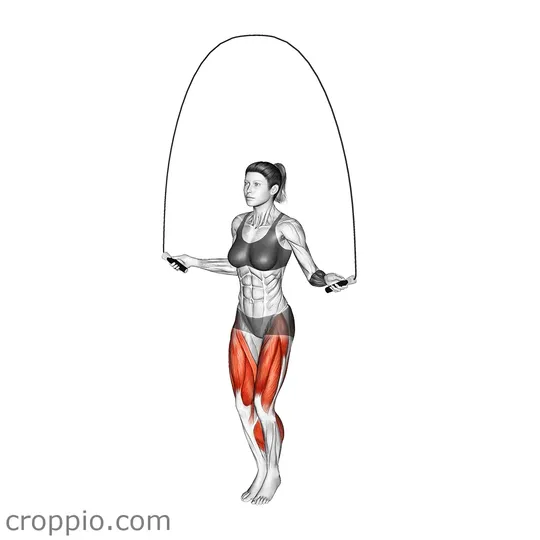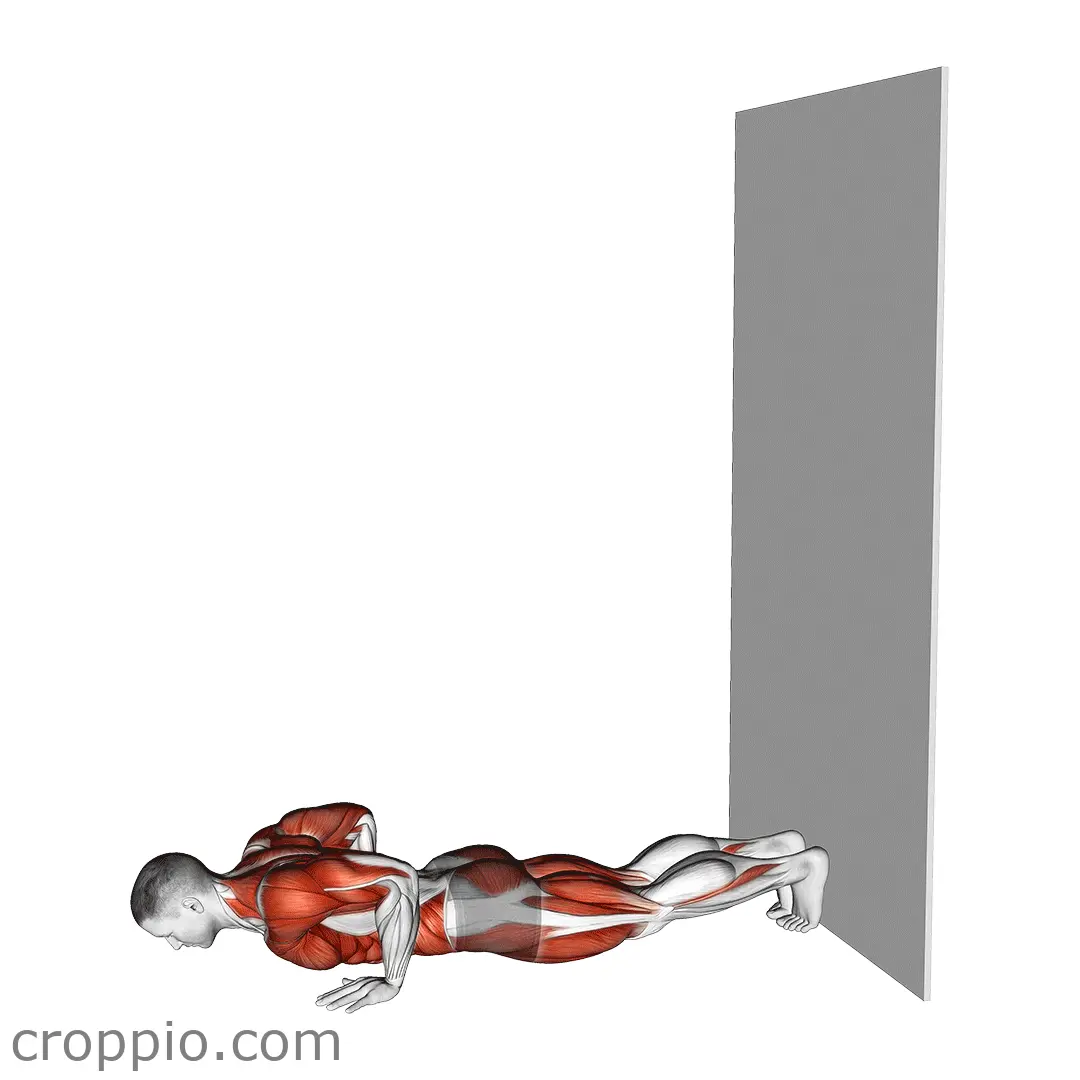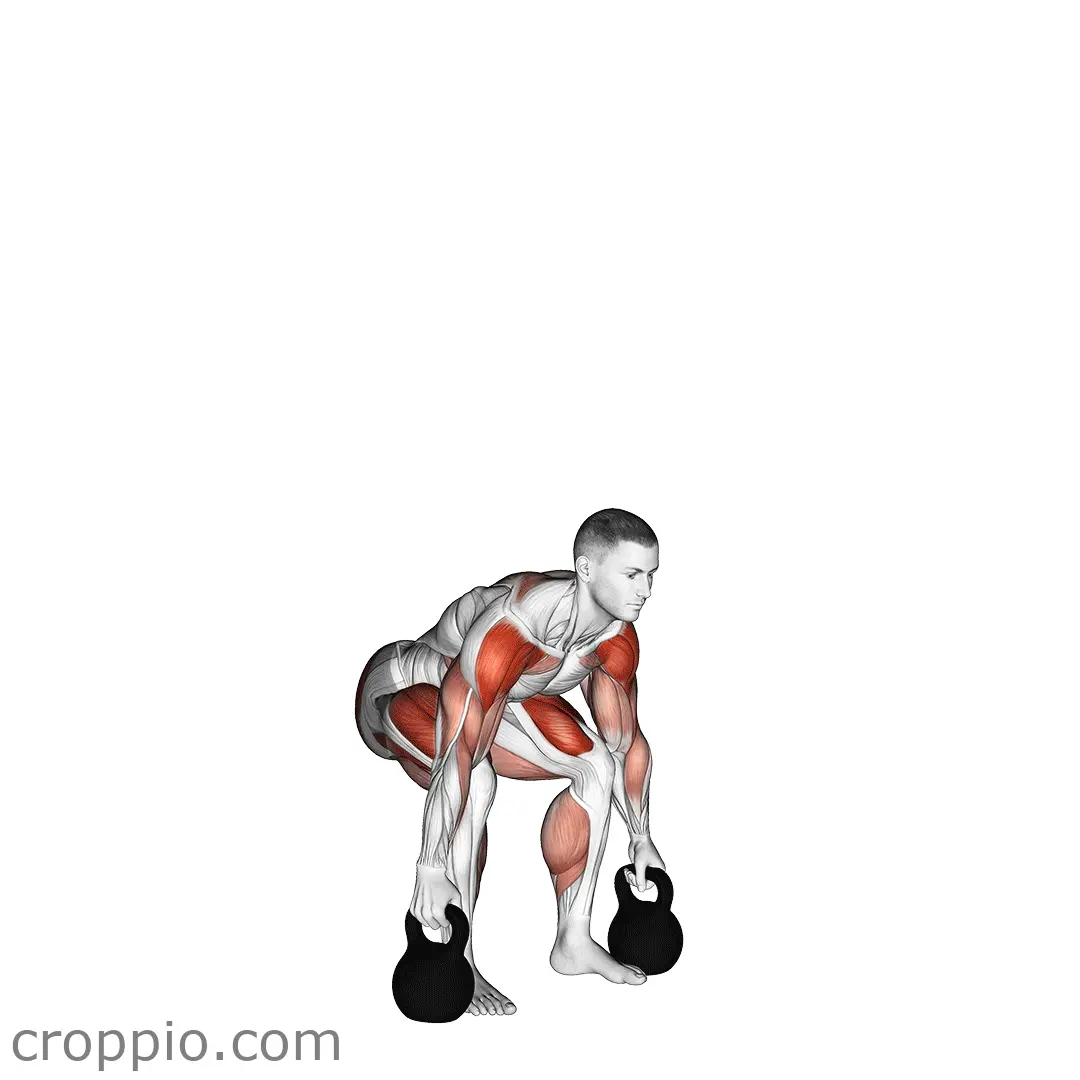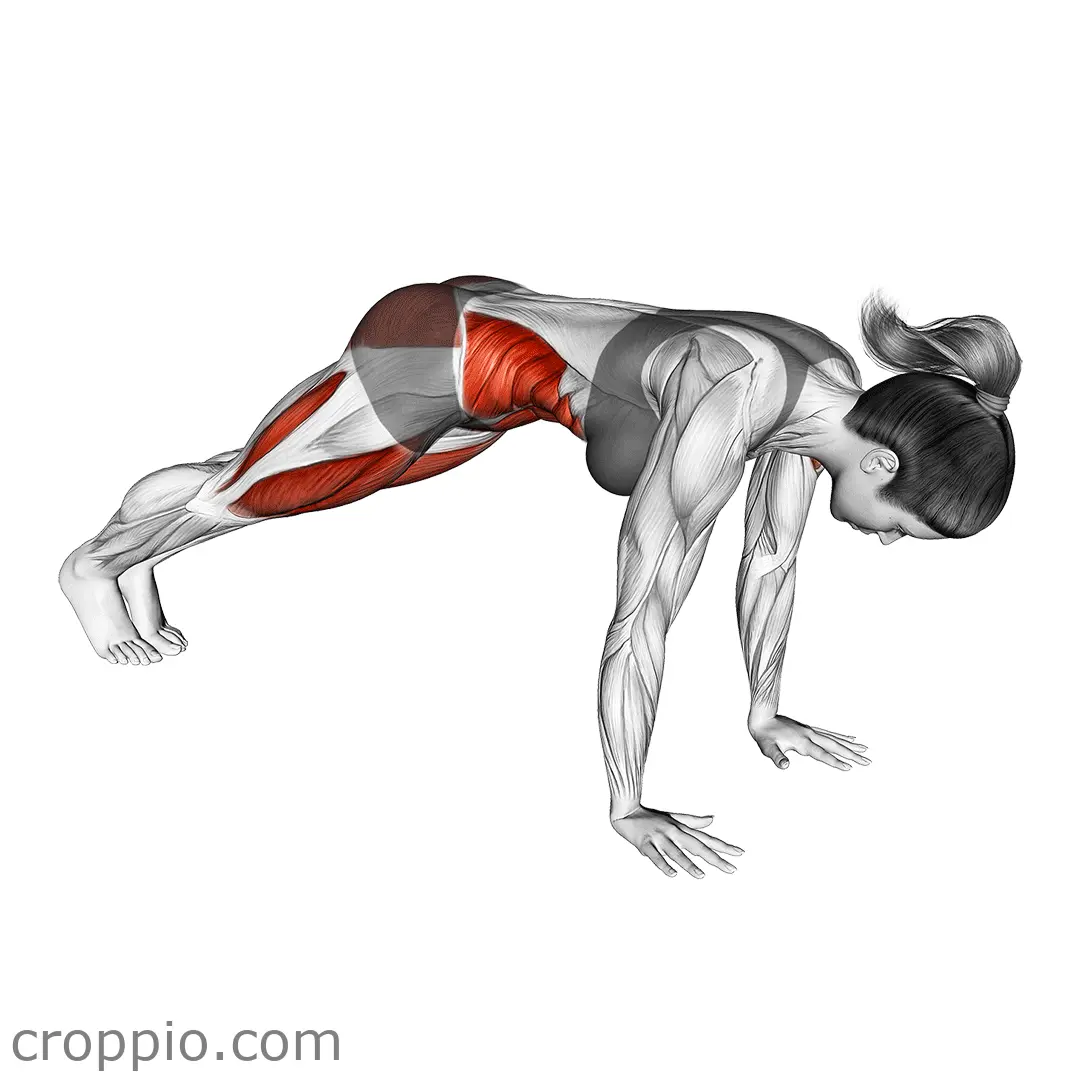Jump Rope

Muscles Involved
The jump rope exercise primarily targets the muscles in your lower body, focusing on the calves, quadriceps, hamstrings, and glutes. The repetitive action of jumping helps to strengthen and tone these muscle groups, leading to improved endurance and agility. Additionally, the core muscles, including the abdominals and obliques, are engaged to maintain stability and posture throughout the movement. While the lower body does the majority of the work, the shoulders and upper arms are also activated as they rotate the rope, contributing to overall upper body strength.
Top Mistakes
- Incorrect Rope Length: Using a rope that is too long or too short can affect your jumping technique and overall performance.
- Poor Posture: Leaning too far forward or backward can lead to discomfort and increase the risk of injury.
- Jumping Too High: Many beginners jump too high, which can waste energy and reduce overall efficiency.
- Using Only the Arms: Relying solely on the upper body to turn the rope can lead to fatigue; proper movement involves the entire body.
Execution Tips
- Choose the Right Rope: To find the appropriate length, step on the center of the rope and pull the handles up beside you; they should reach your armpits.
- Maintain a Neutral Posture: Keep your shoulders relaxed, chest up, and engage your core to stabilize your body during the jump.
- Jump with the Balls of Your Feet: Focus on jumping lightly on the balls of your feet rather than your heels, which helps absorb impact and improve agility.
- Use Your Wrists to Turn the Rope: Instead of using your arms, rotate the rope from your wrists to maintain a fluid motion.
Workouts
Jump rope can be incorporated into various workout routines as a warm-up, cardio session, or even a high-intensity interval training (HIIT) exercise. For beginners, aim for 3 sets of 30 seconds of continuous jumping, followed by 30 seconds of rest. As you gain proficiency, increase to 1-2 minutes of jumping, with rest intervals as needed. Additionally, you can combine jump rope with strength training exercises such as squats or push-ups, alternating between 1 minute of jump rope and 10-12 repetitions of another exercise to create a balanced routine.
Conclusion
Jump rope is a versatile and highly effective cardiovascular exercise that enhances endurance while toning multiple muscle groups. By engaging both the lower body and core, jump rope contributes not only to physical fitness but also to improved coordination and agility. Incorporating this exercise into your regular routine can help you reach your fitness goals more efficiently while providing a fun and challenging way to stay active.



